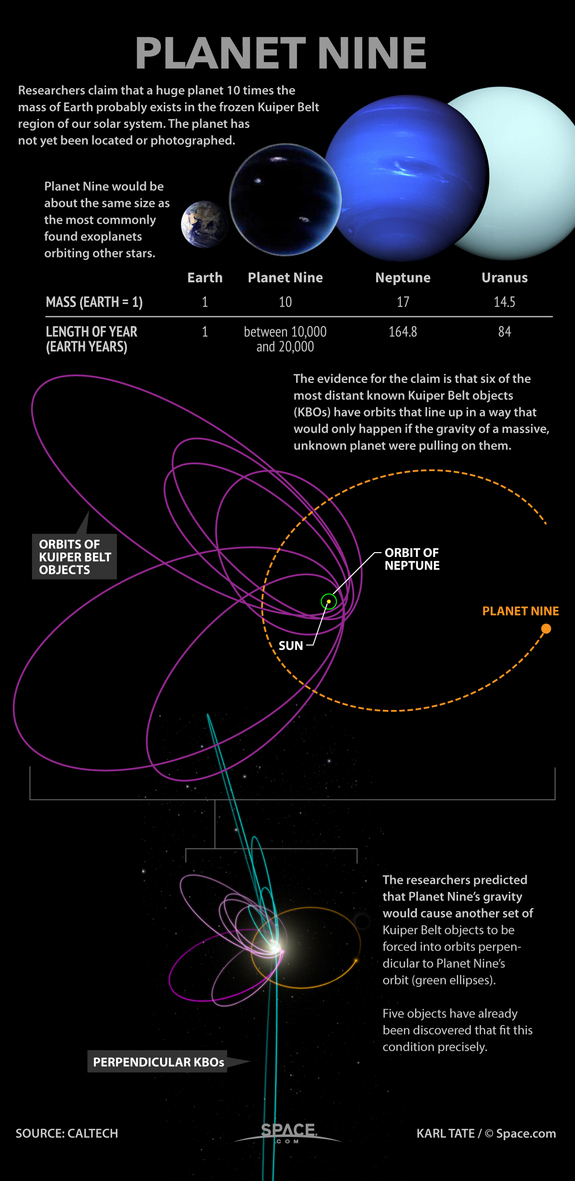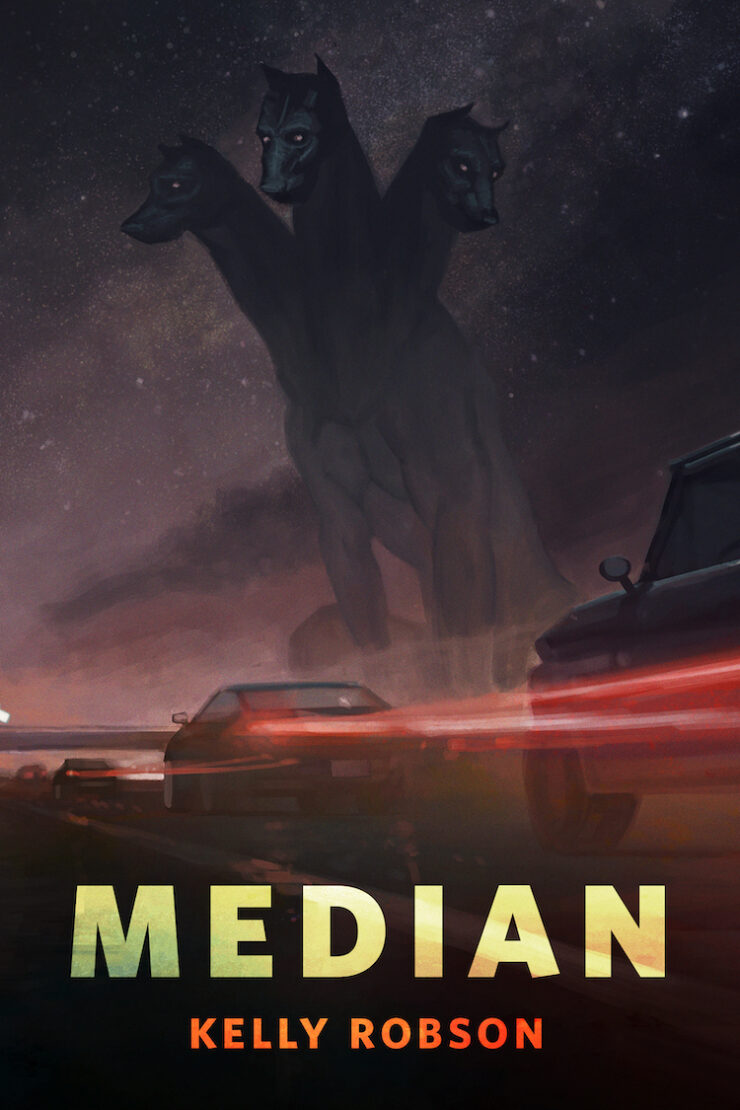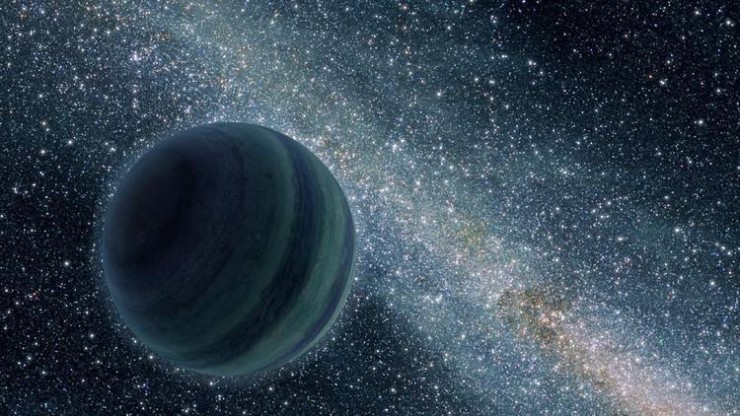The scientists at CalTech have some bad news for those of you still holding vigil for Pluto’s reintroduction into your favorite solar system mnemonic. (My Very Energetic Mother Jumps Skateboards Under Nana’s, um…TBD.) A new paper in The Astronomical Journal produces new evidence which uncovers the existence of an icy gas giant planet, sized somewhere between Earth and Neptune, chilling far past the orbit of Pluto.
They are calling it: Planet Nine.
Ed Wood would be so proud.
Although no one has spotted and captured this mysterious celestial body through telescopic means, scientists Michael Brown and Konstantin Batygin believe that their Planet Nine has serious planet game due to the telltale orbits of dwarf planets and other objects in its vicinity. They believe this “massive perturber” found its way far out of our view due to the massive gravitational forces of Jupiter and Saturn.

Check out this neat animation of the planet’s projected orbit in comparison to the larger bodies in our solar system.
As astronomical fame and fortune goes, the credit of discovering Planet Nine (should it actually exist in that official form) goes to the individual who successfully photographically captures it as evidence to present to the scientific community at large.
Planet paparazzi, you have your assignment. FOR SCIENCE!










